In the age of AI, understanding how AI models can drive transformation is very important.
Thinking why? It’s because these AI models can very efficiently organize and sort data, find patterns, automate tasks, boost efficiency, and ignite innovation!
Moving forward, you’ll explore key AI models and their diverse applications and learn how they can accelerate and streamline your business growth. So, are you ready to learn more? Let’s begin!
First, let’s clear up the common the mix-up between AI, Machine Learning, and Deep Learning.
I said it because, people often mix up these terms, but they have distinct meanings.
Moreover, we should understand the differences, especially between machine learning and AI models.
Artificial Intelligence (AI), the concept of teaching machines to think and decide like humans, is on the rise.
It’s akin to solving the puzzle of creating computers capable of intelligent thinking and decision-making.
On the other hand, when it comes to Machine Learning (ML), computers learn from experience, much like humans do through practice rather than explicit instructions.
Moreover, ML forms a smaller part of the AI domain. On the other hand, all ML models are AI models; not all AI models necessarily involve ML.
In Machine Learning, there are two key types:
Think of it as teaching computers to classify new data using labeled examples.
For example, showing the computer labeled images of cats and dogs to enable it to differentiate between the two.
Here, computers discern patterns in unlabeled data on their own.
Moreover, it’s like letting the computer uncover hidden insights in data, such as spotting unusual financial behavior or identifying hidden patterns in information.
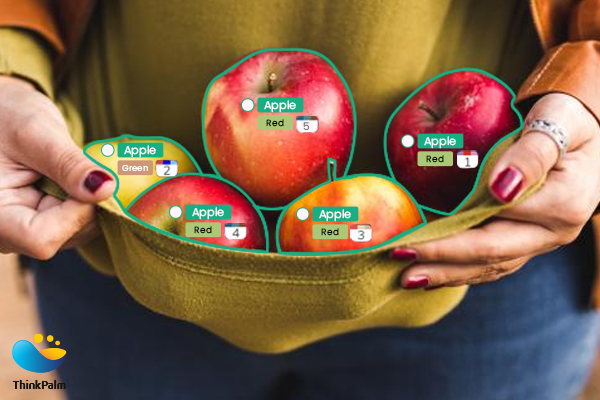
Deep Learning (DL) is like a special category within Machine Learning, which itself is part of Artificial Intelligence (AI).
In addition, DL specifically focuses on teaching computers to spot patterns in data, while Machine Learning is more versatile and can handle various types of tasks.
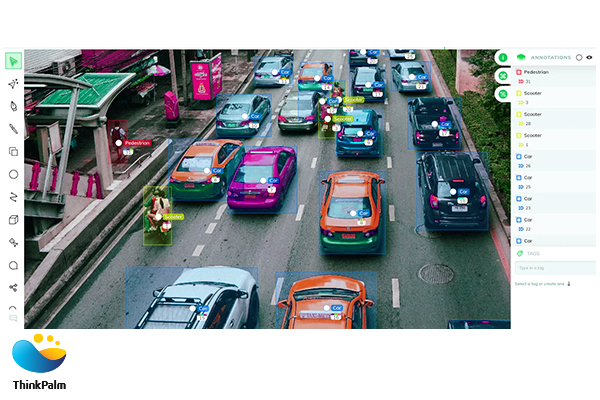
In simple terms, an AI model is like a smart computer program that can make decisions independently.
In addition, it analyzes data, learns from it, and uses that knowledge to make predictions or decisions.
Moreover, it excels at solving complex problems faster and more accurately than traditional methods.
A machine learning model, or ML model, is an AI tool that uses math to predict future events.
Moreover, it’s trained with data and then predicts new data.
For example, regression models predict numbers, and classification models categorize data.
Application with an ML model based on YOLOv3
A deep learning model, or DL model, is a smart computer system specialized in tasks like recognizing objects in images or understanding human speech.
In addition, they get smarter by training on vast amounts of data with special algorithms.
Moreover, the more data they learn from, the better they get at their tasks.
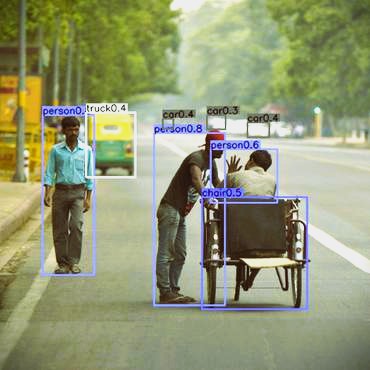
The “deep” in “deep learning“ means these models have many layers of processing nodes or neurons.
Therefore, the more layers, the deeper the model. This helps it handle complex tasks by breaking them into smaller parts.
For example, ResNet is a deep learning model for things like recognizing images, and it’s one of the deepest with 152 layers.
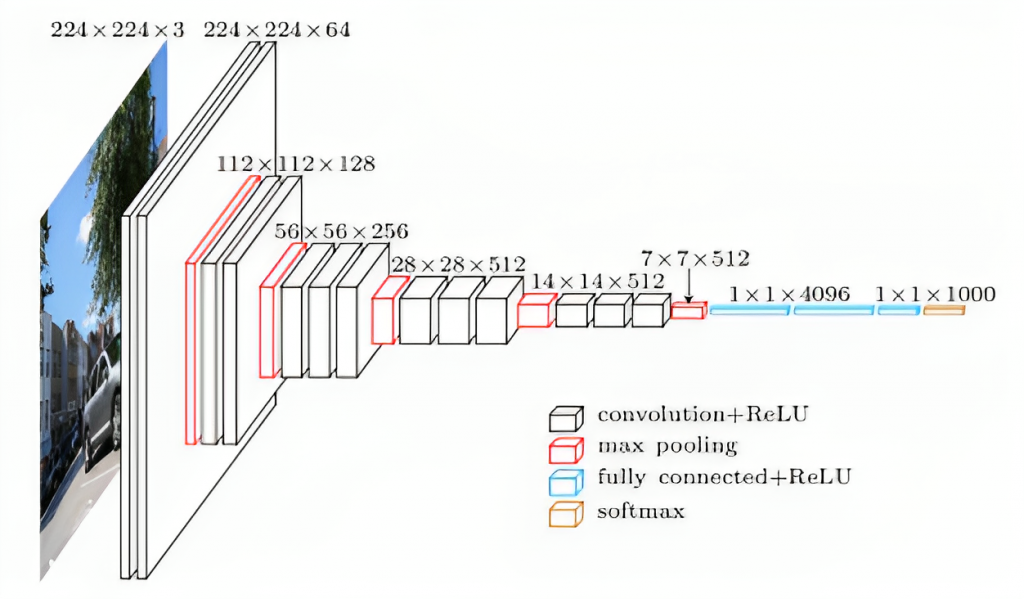
Another deep learning model is YOLO, short for “You Only Look Once,” used for spotting objects in real time.
In addition, the latest version, YOLOv7, is super fast and highly accurate, making it the best choice for various AI vision tasks.
If you want to deploy an AI model, you’ll need a powerful computer or server!
Yes you heard it right.
In addition, popular machine learning frameworks like TensorFlow or PyTorch allow you to run AI models with just a few lines of code.
However, handling AI projects at scale can be complex, requiring advanced infrastructure. Many AI projects don’t make it past the initial stage.
Different types of hardware are used for AI tasks. GPUs, like NVIDIA Jetson, are great for both training and using AI models.
Similarly, CPUs, like Intel Xeon, are mainly used for using AI models. Also there are also special AI accelerators like Intel VPU, Google Coral TPU, and Qualcomm NPU.
Previously, the Cloud was the primary choice for robust computing, but now, new platforms such as Hugging Face, Google Colab, and Amazon SageMaker provide hosted services for deploying AI models.
But recently, Edge Computing emerged, allowing you to deploy models closer to where they’re needed (Edge AI).
Moreover, this makes applications more efficient, private, and reliable.
Advances in deep learning have also made models smaller and faster, like TensorFlow Lite or YOLOv7 Lite, which can run on cheaper hardware, saving costs.
Therefore, deploying AI models involves choosing the right hardware and platform, whether in the Cloud or at the Edge, based on your specific needs.
Data and artificial intelligence (AI) are super important in business. With data pouring in faster than ever, AI comes to the rescue.
Unlike humans, AI models can solve complex problems in a fraction of the time.
The following four strategies illustrate how AI is changing businesses:
Now, let’s dive deeper into these strategies.
Collecting data parallels acquiring knowledge, especially when rivals lack access or it’s hard to obtain.
Data powers AI, refining models, and various sources, including web scraping and sensors, enrich it.
Valuable data strengthens AI, providing a competitive edge for your business.
Think of AI as a creative artist!
It can generate new data that’s similar to what it has seen before.
For example, it can create beautiful art and incredibly realistic images.
As a result, AI can create new data or expand existing data, like inflating a balloon, to train models for broader tasks.

AI is like a detective with superpowers!
It can look at data, even data it’s never seen before, and figure out what it means. This is super handy for businesses.
For instance, AI identifies people or objects in visuals, aiding companies in data-driven decisions.
Picture AI as a helpful assistant in your business.
It’s like having an intelligent robot that can do tasks automatically!
In the world of manufacturing, for example, it can check if everything is running smoothly on a conveyor belt, making sure products are moving along without issues.
This saves time and minimizes mistakes!

In summary, AI serves as a potent business tool, using data and automation to enhance intelligence and efficiency.
As more companies adopt AI, it becomes increasingly vital for gaining a competitive edge in the business world.
In our next section, I’ll introduce you to some of the top AI models you should know about and describe each one in brief.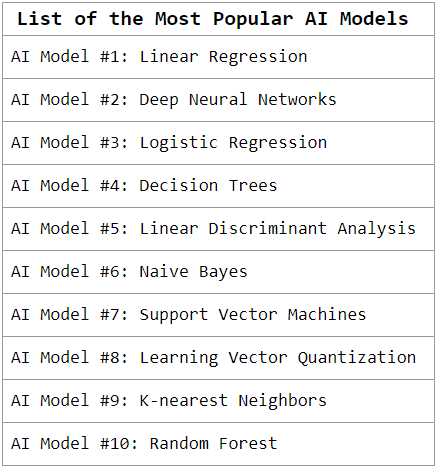
This model helps find relationships between input and output variables, making predictions based on one variable’s value relative to another.
Also, it’s widely used in industries like banking, retail, healthcare, and more.
Deep Neural Networks (DNN) are a popular type of AI model inspired by the human brain.
They consist of interconnected artificial neurons in multiple layers between input and output.
DNNs are used in various fields like speech recognition, image recognition, and natural language processing (NLP).
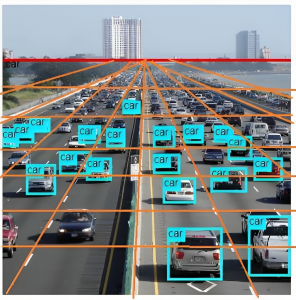
Ideal for binary classification problems, logistic regression predicts the class of the dependent variable from given independent variables.
Also, it’s similar to linear regression but used for classification.
Decision trees help make conclusions based on past data.
Moreover, they’re popular because they have a tree-like structure, making them useful for both regression and classification tasks.
LDA separates two or more classes in the output.
Also, it’s valuable in fields like computer vision and medicine.
The model employs the Bayes Theorem for text classification, medical data categorization, and spam filtering.
In addition, it’s called “naive” because it assumes features are independent.
SVM is quick and efficient for analyzing limited data and excels in binary classification problems.
Moreover, it’s particularly useful for text classification.
LVQ is an artificial neural network that follows a winner-takes-all principle.
Furthermore, it creates codebook vectors for classifying unseen vectors in multi-class classification.
kNN is simple and used for regression and classification problems.
Also, it assumes that similar data points are close to each other, but it can become slower with larger datasets.
Random Forest, an ensemble learning model, enhances predictions by combining multiple decision trees for both regression and classification tasks.
It constructs a “forest” of trees, each trained on distinct data subsets.
These models are foundational tools across industries, supporting data analysis and prediction needs.
What exactly is an AI model, and what are its various types?
An AI model is software that learns to recognize patterns and make decisions for specific goals. Types like neural networks, decision trees, support vector machines, and k-nearest neighbors cater to various tasks and applications.
What languages do people commonly use to write AI models?
Popular AI languages like Python and Java are chosen based on specific AI implementation needs. Python is often preferred for data analysis.
What are the three types of AI models?
Artificial intelligence comes in three types: narrow AI, general AI, and artificial superintelligence. Currently, we’ve only achieved narrow AI.
In summary, AI models power solutions for various challenges, from self-driving car safety to object recognition, face identification, and posture estimation.
If you want to maximize their potential, choose the right AI model for your specific business needs.
As we fast-track into the future, one thing is certain: AI and AI development services will become an integral part of virtually every industry.
The question is, will your business seize this opportunity?
Imagine having the power to transform your business into a smarter, data-driven, and highly efficient entity.
It’s not a distant dream; it’s an imminent reality. Connect with our AI experts today to explore how AI can propel your business to new heights.